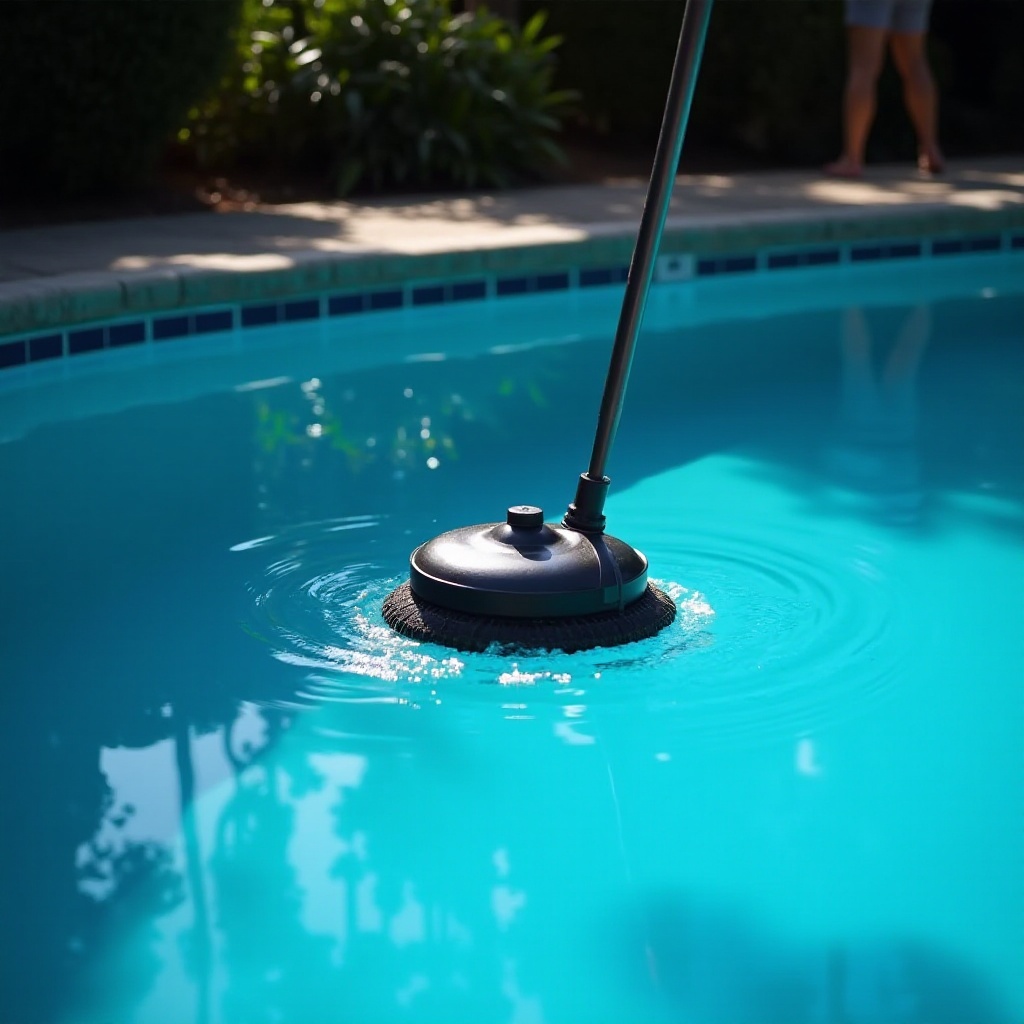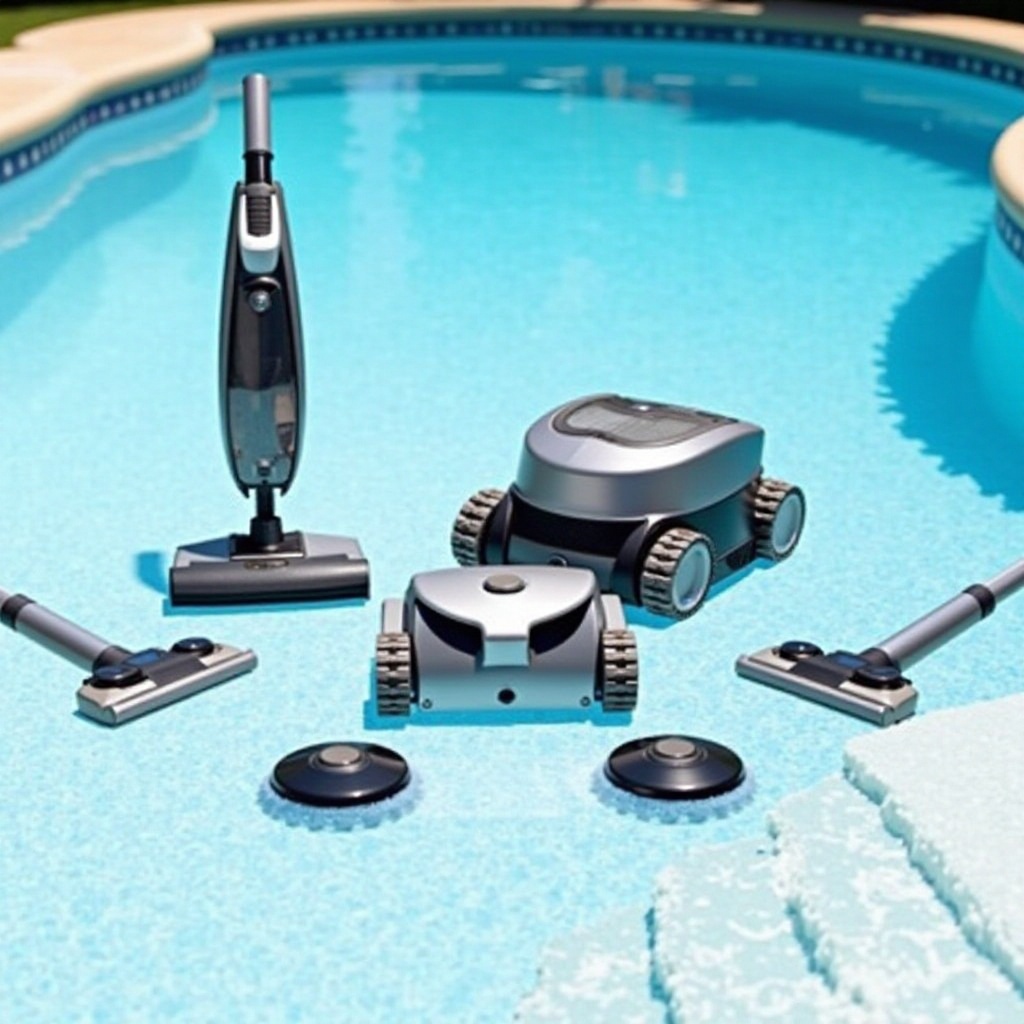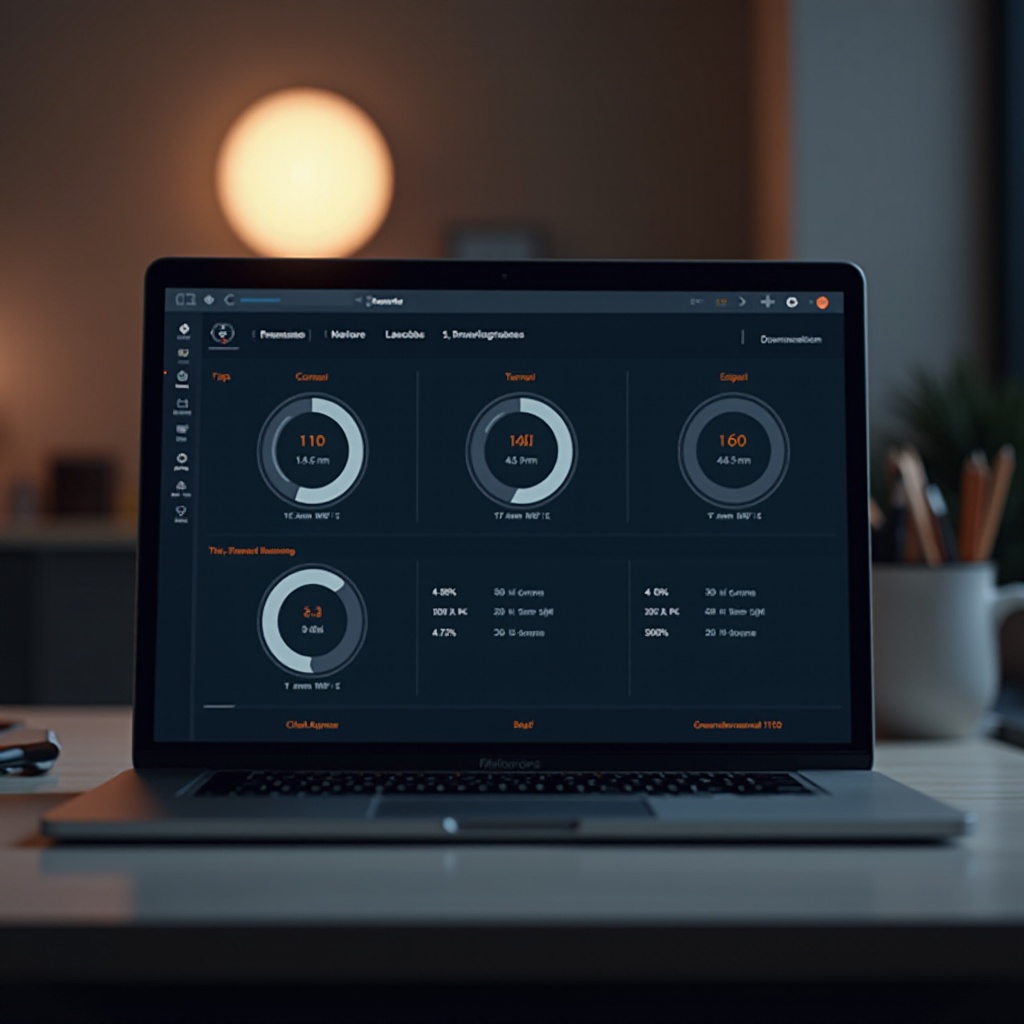Introduction
Choosing the right pool vacuum for an inground pool can be the difference between having a well-maintained pool and dealing with constant dirt and debris. With a range of options available, it’s essential to understand your pool’s unique cleaning needs and select a vacuum that aligns with those requirements. This guide provides comprehensive information to help you make an informed decision and ensure your pool remains sparkling clean year-round.

Understanding Your Inground Pool’s Cleaning Needs
Inground pools accumulate debris from various sources, including leaves, dirt, and insects. The location of your pool, frequency of use, and the type of debris commonly found in your area all affect its cleaning needs.
Assessing your pool’s size and shape is also crucial. Larger pools may benefit from powerful and efficient vacuums, while uniquely shaped pools with curves and coves might require a vacuum with advanced maneuverability.
Regular maintenance is key. Understanding this ensures you choose a vacuum capable of handling your pool’s specific cleaning demands, aiding in better water circulation and extending the lifespan of your pool equipment.

Types of Pool Vacuums for Inground Pools
Pool vacuums come in different types, each designed to meet specific needs and preferences. Understanding these can help you narrow down your options.
Manual Pool Vacuums
Manual pool vacuums require physical effort as they involve manual operation and steering. Attach the vacuum head to a telescoping pole and move it across the pool floor. This vacuum type is cost-effective and offers a good workout.
Automatic Pool Vacuums
Automatic pool vacuums use the pool’s filtration system for movement and debris collection. These include suction-side and pressure-side vacuums. Suction-side vacuums connect to the pool’s suction line, while pressure-side vacuums attach to the return line. They operate automatically, reducing manual effort.
Robotic Pool Vacuums
Robotic pool vacuums operate independently from the pool’s filtration system. These advanced vacuums use built-in motors and filtration systems, offering greater cleaning efficiency. They navigate the pool using sensors and programmable settings, cleaning thoroughly and requiring minimal intervention.
Key Features to Look For in a Pool Vacuum
Selecting the best pool vacuum involves considering several key features to ensure optimal performance.
-
Suction Power: Strong suction is crucial for effective debris removal, particularly for larger and heavier debris like leaves and twigs.
-
Filtration System: A good filtration system will prevent the vacuum from clogging and ensure it captures even the finest particles.
-
Ease of Use: Look for user-friendly designs, such as lightweight models and easy-to-access filters, to simplify operation and maintenance.
-
Coverage Area: Ensure the vacuum can effectively clean your entire pool, including walls and stairs, not just the floor.
-
Durability: A durable and robust build ensures the vacuum can withstand regular use and prolonged exposure to pool chemicals.
Top Recommended Pool Vacuums for Inground Pools in 2024
Here are the top recommended pool vacuums for inground pools, highlighting their features, pros, and cons to help you make the best choice.
Model A: Features, Pros, and Cons
Features:
– High suction power
– Advanced filtration system
– Smart navigation technology
Pros:
– Efficient cleaning with minimal manual intervention
– Handles large debris effectively
– Covers entire pool including walls and stairs
Cons:
– Higher price point
– May require occasional maintenance
Model B: Features, Pros, and Cons
Features:
– Automated cleaning cycles
– Compact and lightweight design
– Easy-to-clean filter
Pros:
– Budget-friendly option
– Easy to use and maintain
– Suitable for small to medium pools
Cons:
– Limited suction power compared to other models
– May miss corners and crevices
Model C: Features, Pros, and Cons
Features:
– Dual motor system for better maneuverability
– App connectivity for programmable cleaning schedules
– Energy-efficient operation
Pros:
– Thorough and efficient cleaning
– Can be controlled remotely
– Energy-saving features reduce running costs
Cons:
– Installation might be complex
– Initial cost can be higher

How to Use and Maintain Your Pool Vacuum
Proper use and maintenance of your pool vacuum ensure its longevity and optimal performance.
Basic Usage Instructions
-
Set Up: Connect the vacuum to your pool’s filtration system or power source according to the manufacturer’s instructions.
-
Operation: Start the vacuum and let it run its programmed cycle or manually guide it across the pool floor, depending on the model.
-
Monitor: Keep an eye on the vacuum to ensure it operates smoothly, making adjustments as necessary.
Maintenance Tips
-
Clean Filters Regularly: Remove and clean filters after each use to maintain efficient operation.
-
Inspect Hoses and Connections: Check for leaks and damages periodically.
-
Store Properly: Store the vacuum in a dry, sheltered area when not in use to prevent exposure to the elements.
Troubleshooting Common Issues
-
Loss of Suction: Check and clean the filters and hoses. Ensure all connections are secure.
-
Vacuum Stuck: Inspect the pool for obstacles and ensure the vacuum’s path is clear.
-
Poor Coverage: Adjust the vacuum’s settings and check for adequate power supply.
Conclusion
Choosing the best pool vacuum for your inground pool involves understanding your pool’s specific needs, exploring various vacuum types, and evaluating key features. Equipped with this knowledge, you can ensure a clean and well-maintained pool, enhancing your swimming experience.
Frequently Asked Questions
How often should I vacuum my inground pool?
It’s recommended to vacuum your inground pool at least once a week, especially during heavy usage or after a storm, to maintain optimal cleanliness.
Can I leave my robotic cleaner in the pool all the time?
While many robotic cleaners are designed to be water-proof, it’s best to remove them after each cleaning cycle to prolong their life and prevent wear from prolonged chemical exposure.
What maintenance does my pool vacuum need?
Regularly clean and inspect the filters, hoses, and connections for any blockages or damages. Follow the manufacturer’s guidelines for specific maintenance tasks to ensure longevity and efficiency.


